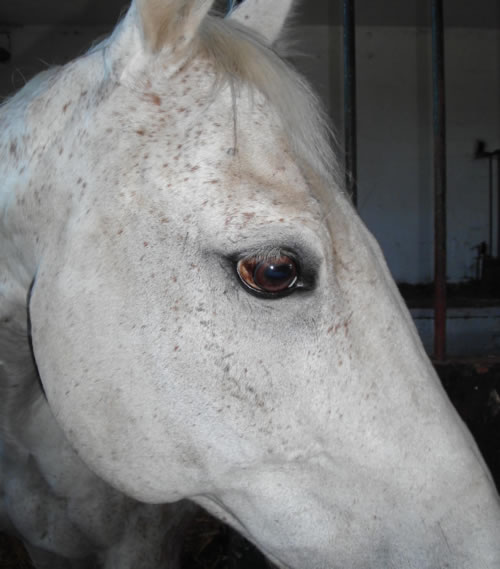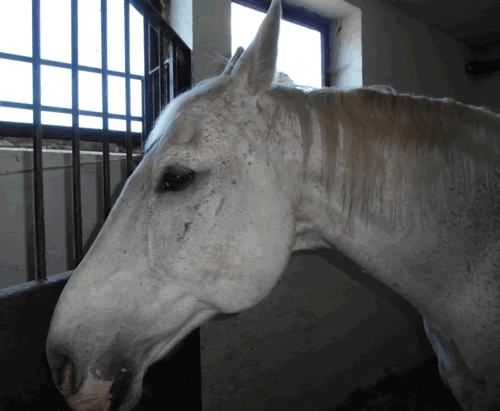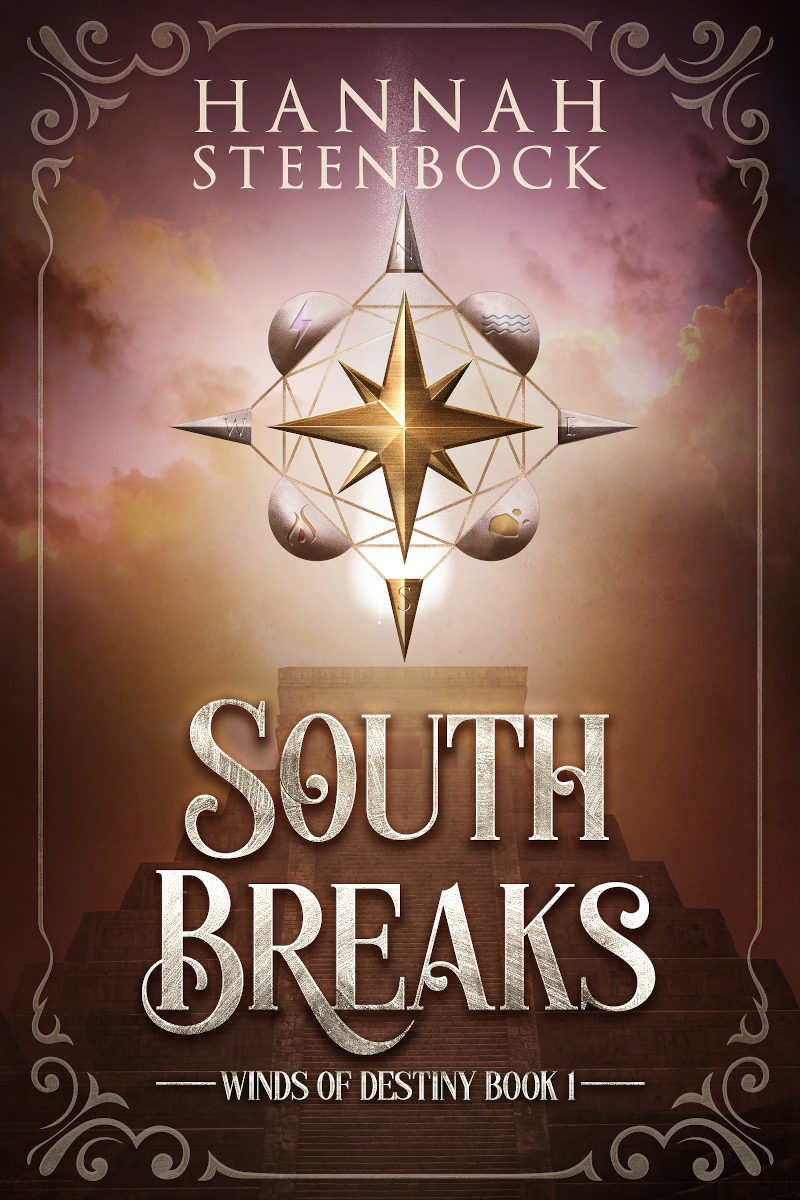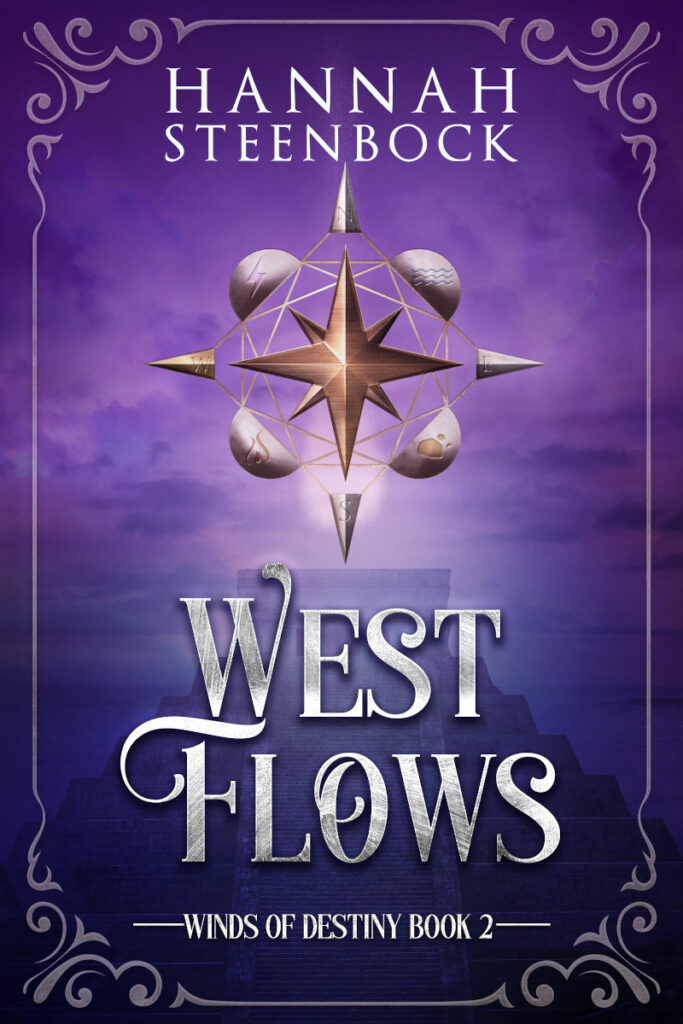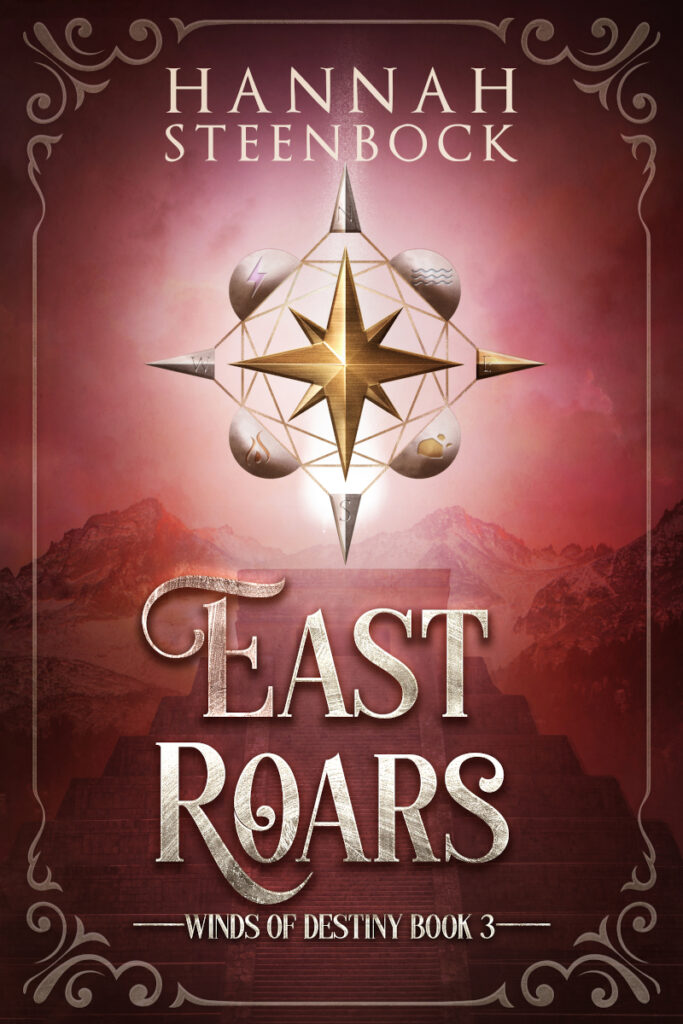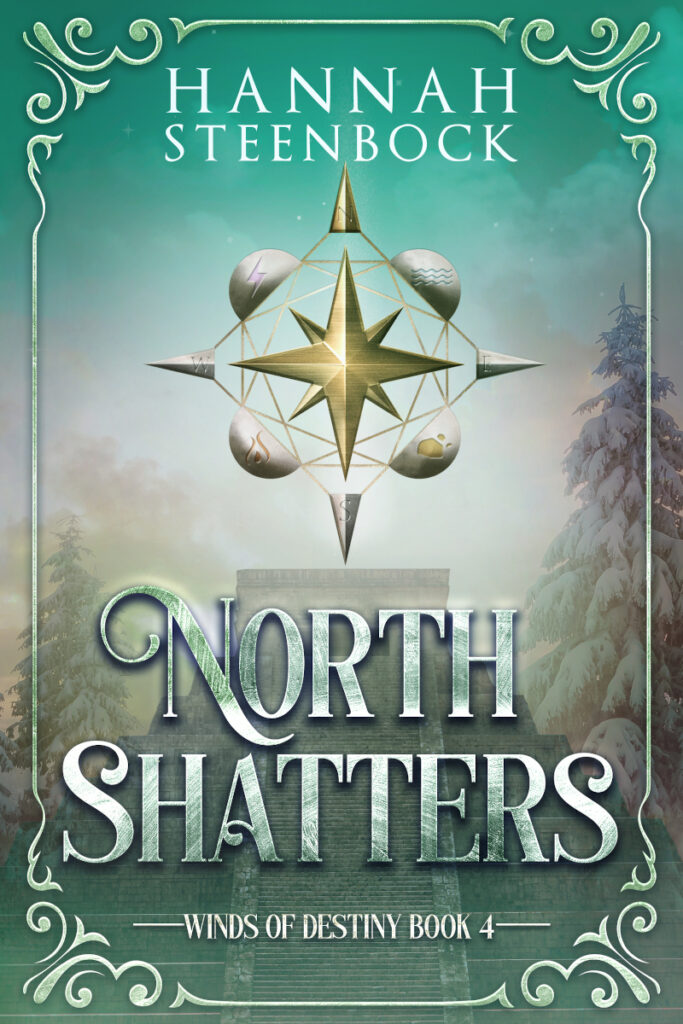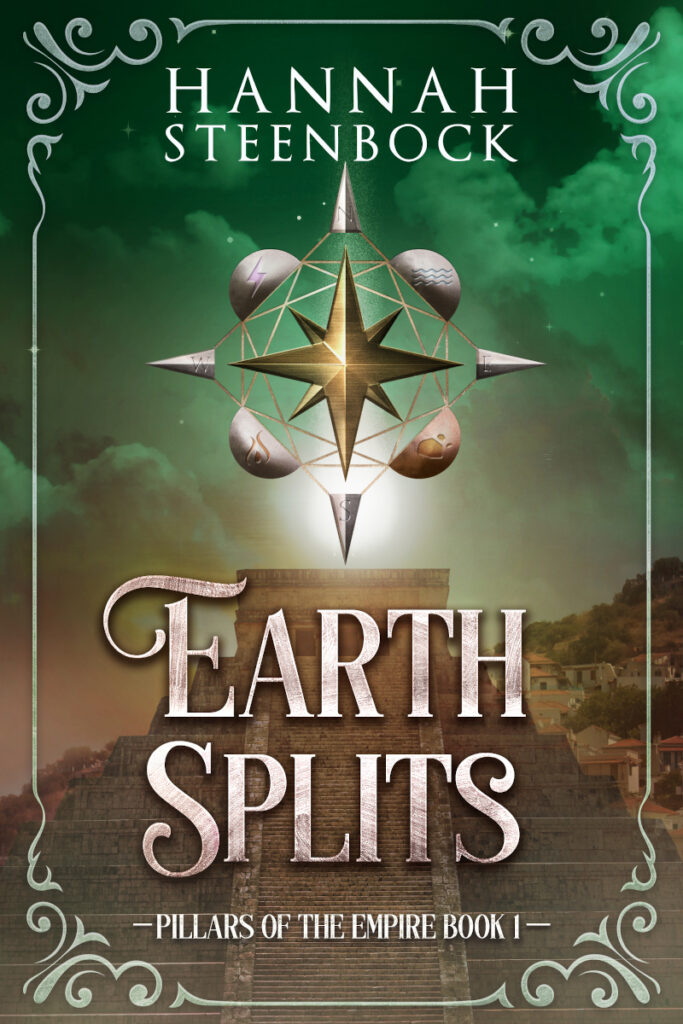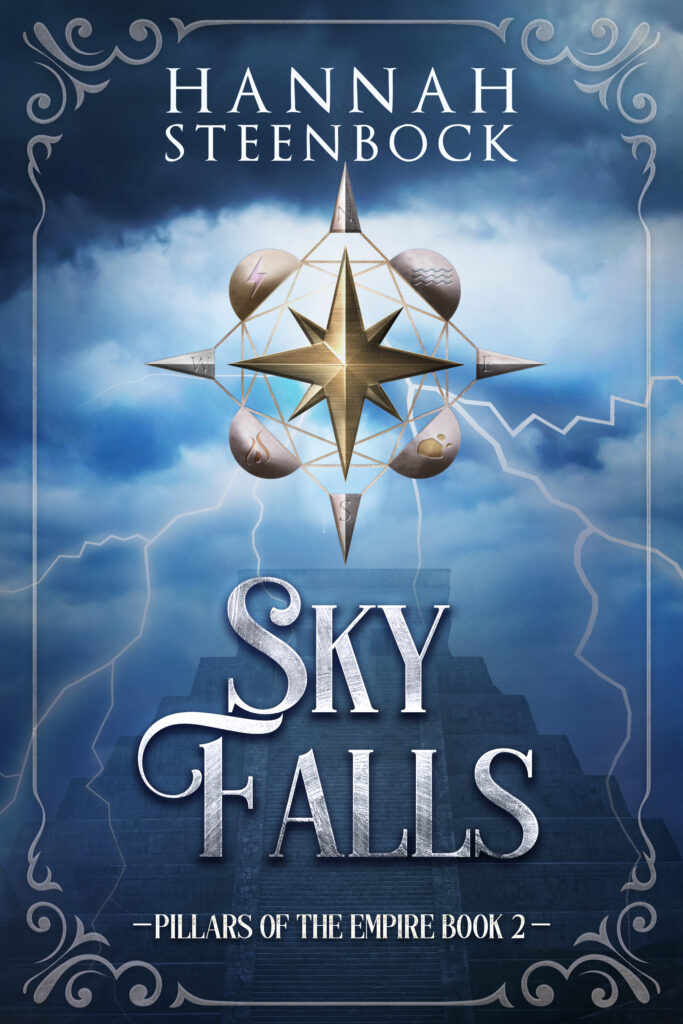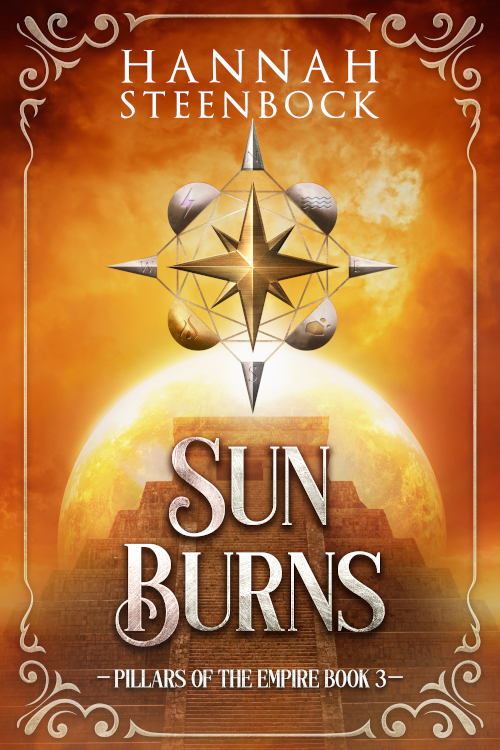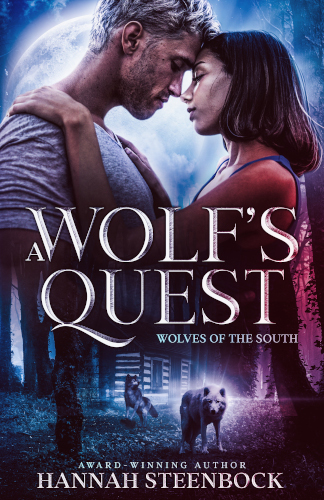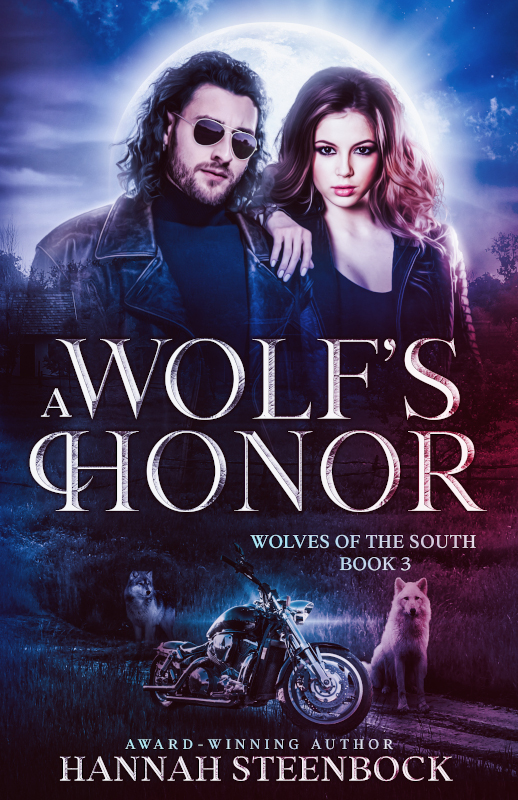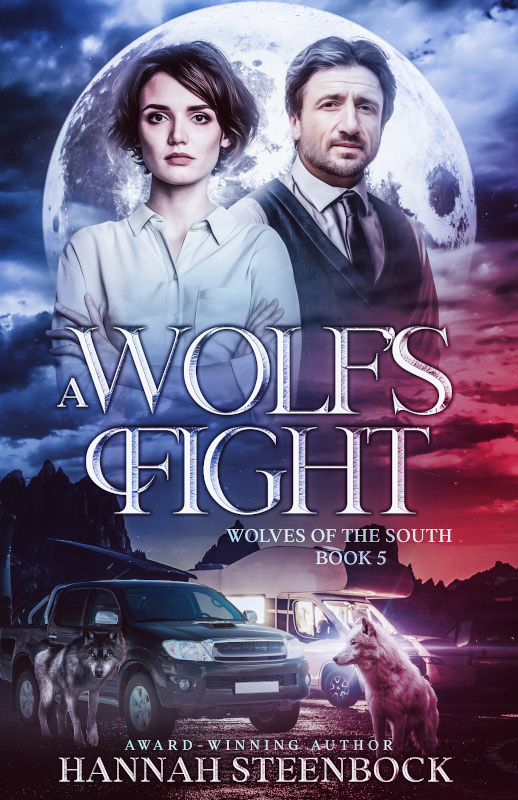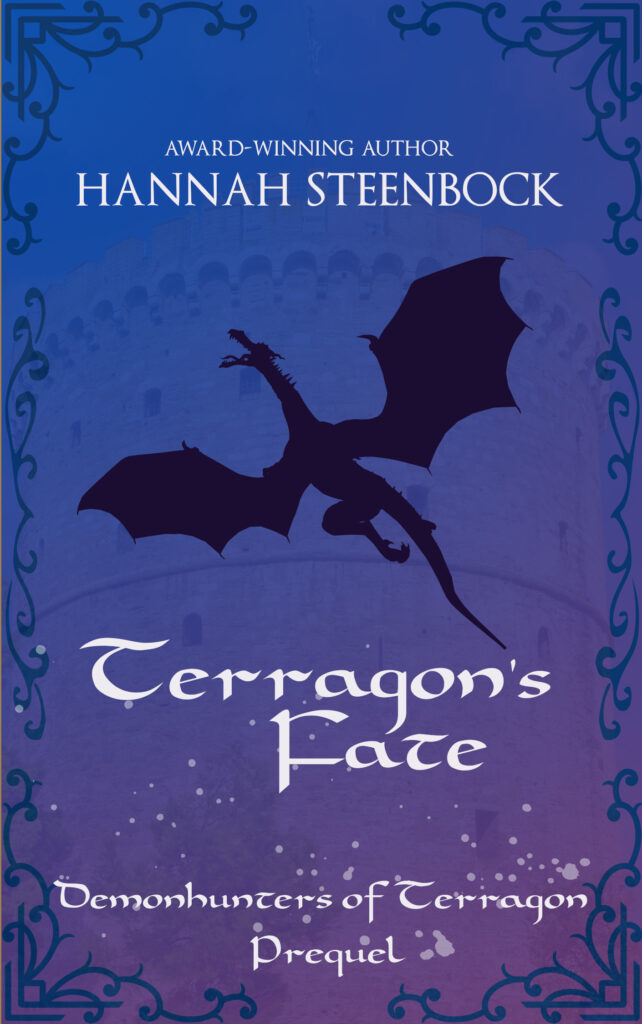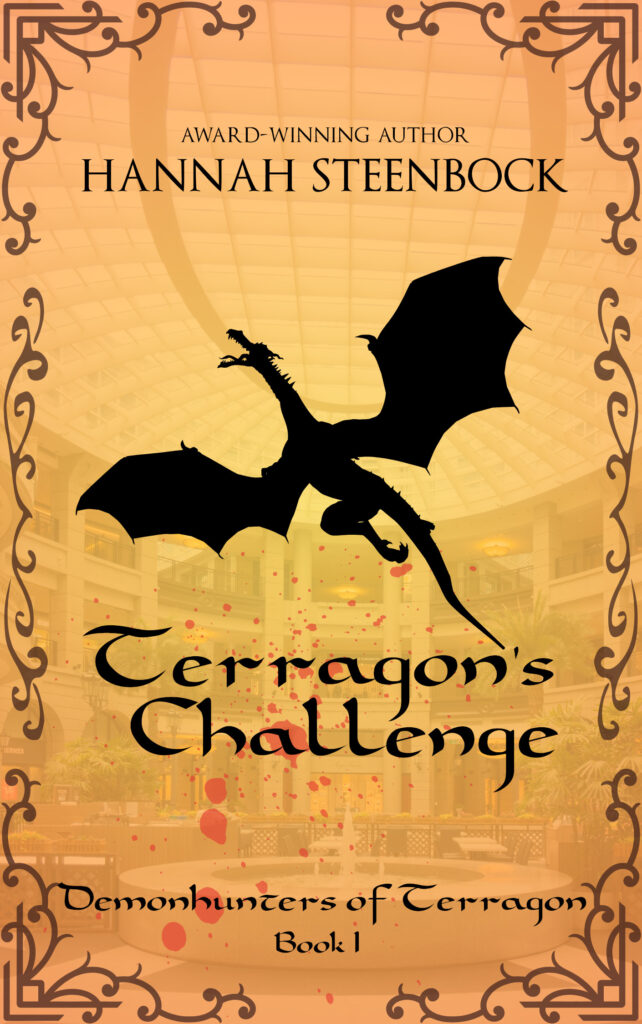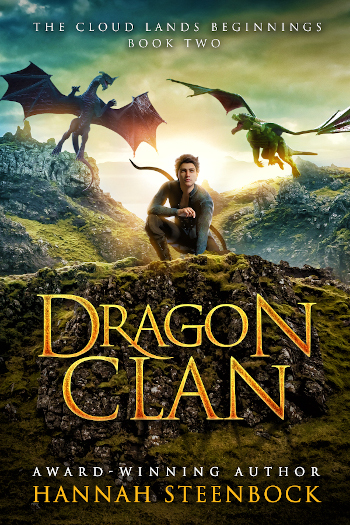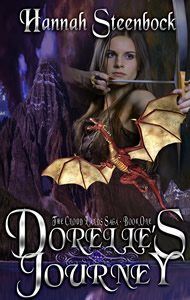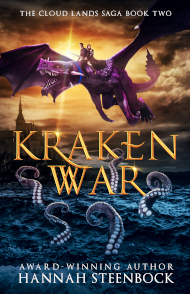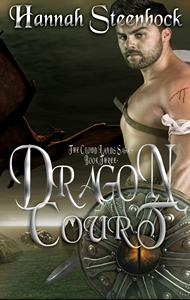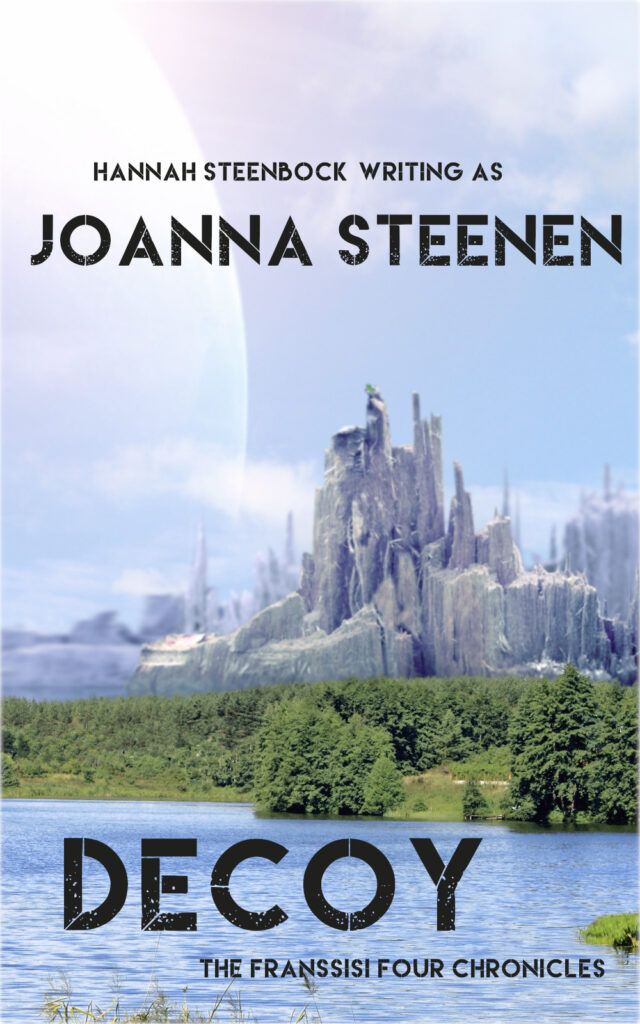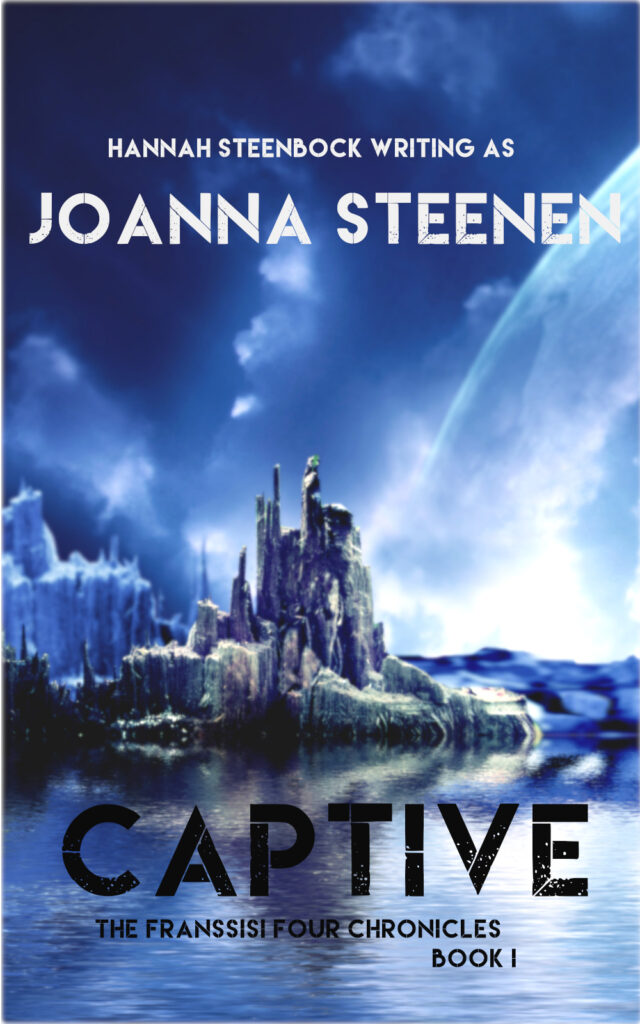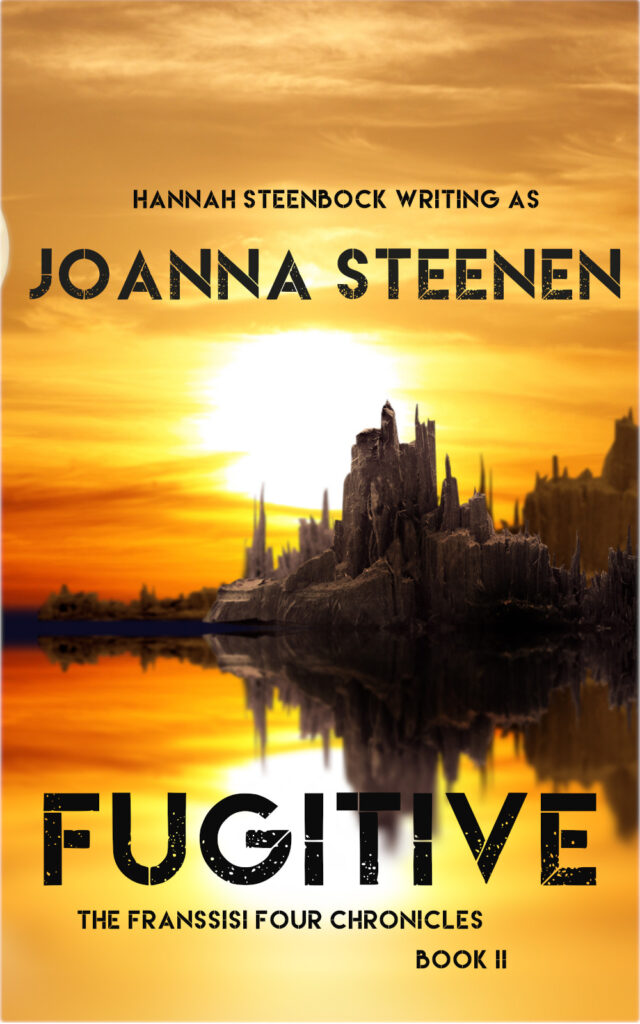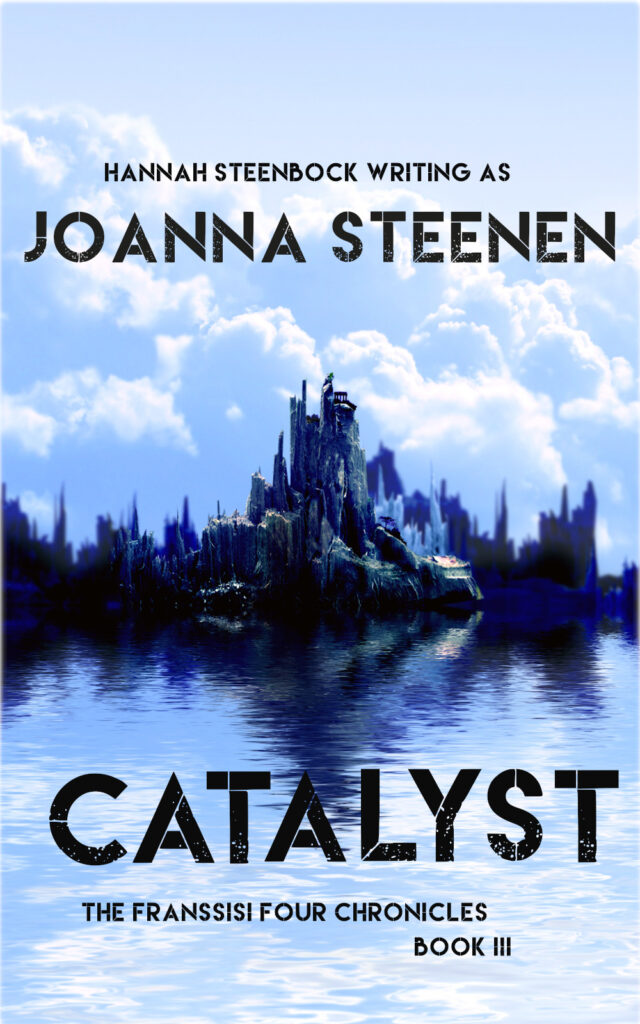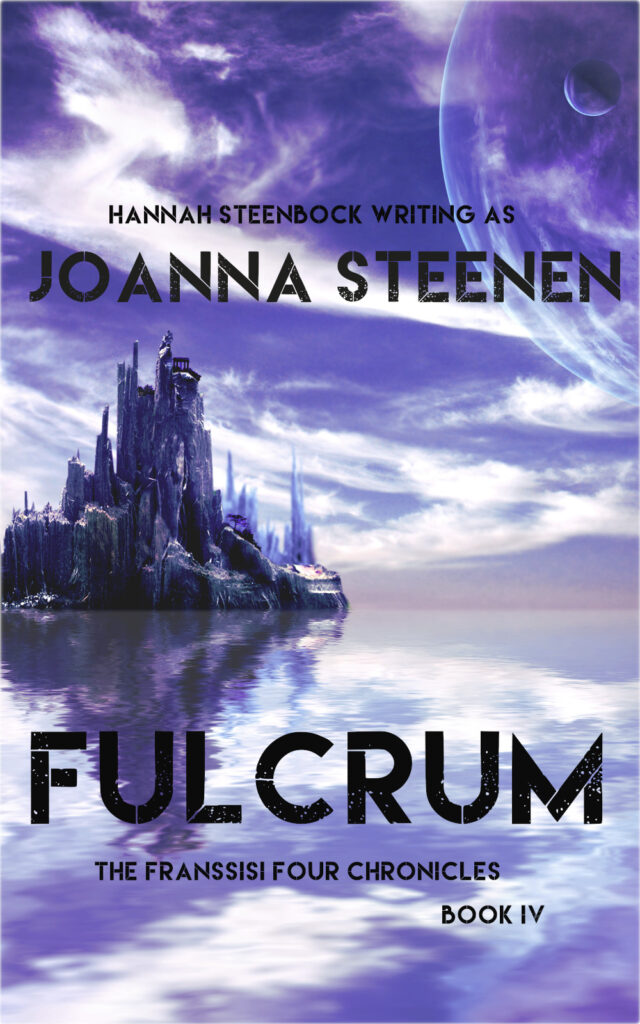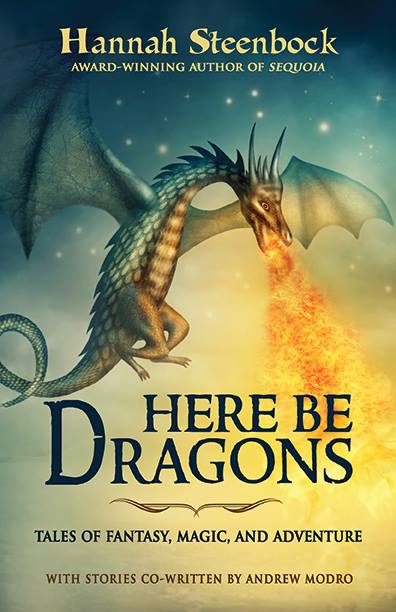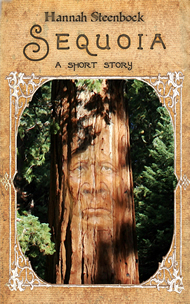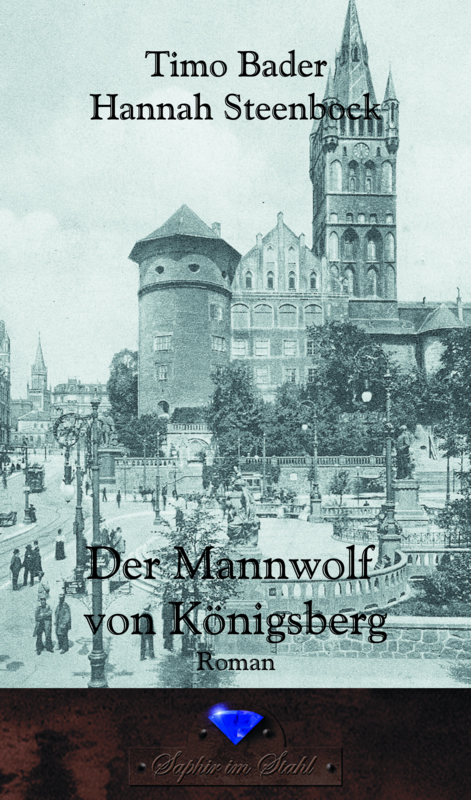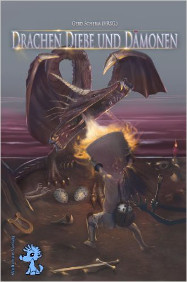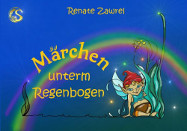Heute hat mich eine Freundin gefragt, wie ich eigentlich die Namen finde, die ich in meinen Geschichten verwende. Die Antwort ist nicht einfach, denn das kommt darauf an … die Namen müssen irgendwie passen.
Ich habe einen Roman geschrieben, wo ich immer noch nicht den passenden Namen für meine Hauptfigur gefunden habe. Folglich wird es auch noch eine ganze Weile dauern, bis diesen Roman jemand zu lesen bekommt.
Jetzt wollte ich gerade behaupten, dass ich normale Namen in Fantasy-Romanen nicht so schätze, und dann fiel mir ein, dass ja in den Lar-Elien Romanen eine Lina, eine Martha, ein Johannes und ein Gunther auftauchen. Natürlich habe ich immer mal wieder darüber nachgedacht, diese Namen zu ändern, mehr auf Fantasy zu tunen. Aber inzwischen sind die Figuren so geprägt, so in ihrer Persönlichkeit entwickelt, dass ich nicht sicher bin, die Namen noch ändern zu können, ohne die Figuren zu verändern.
Wenn ich Namen suche, spiele gerne mit ihnen, nehme z.B. mir bekannte Namen und verändere sie. So ist Andert entstanden, nämlich aus Anders. (Und der wiederum war die Hauptfigur in einem wenig bekannten Kinderbuch “Ich möchte Anders sein”.) Manche google ich dann, um zu wissen, ob ich nicht aus Versehen einen bekannten Namen “erfunden” habe. Besonders hilfreich ist auch die Vornamenliste von Dumrath und Fassnacht, den Verlegern der deutschen Telefonbücher. (Link) Man kann dort sogar festlegen, mit welchen Buchstaben die Namen anfangen und/oder enden sollen. Ich habe mir schon lange eine Vorratsliste mit Namen angelegt, bei denen ich dann einzelne Buchstaben noch verwandle, wenn ich dann schnell einen neuen Namen brauche.
Namen sollen natürlich auch zu der Welt passen, in der die Geschichte spielt, oder aus der die Figuren kommen. Die Zwerge in meiner Lar-Elien Welt leben im Norden, in einem großen Gebirge. Daher habe ich mir nordisch klingende Namen ausgesucht – okay, das hat Tolkien auch schon getan, das ist nicht originell. Aber Goswin Graubart passt einfach zu meinem Zwerg. Immerhin hat er es faustdick hinter den alten Ohren. In einer anderen Lar-Elien-Geschichte, die in einer wüstenartigen Gegend spielt, tragen die Menschen dagegen eher orientalisch angehauchte Namen. (Ganz ehrlich, könnte ein Zwerg Shirvan heißen?)
Und trotz allem kommt es doch immer wieder darauf an … vor allem, dass der Name irgendwie passt und richtig sitzt.

